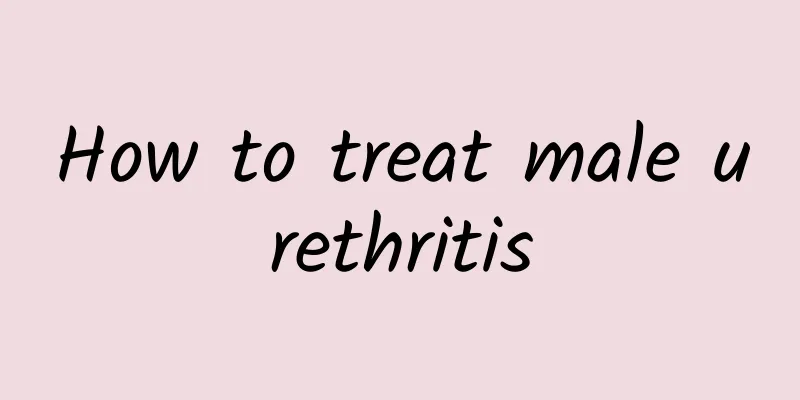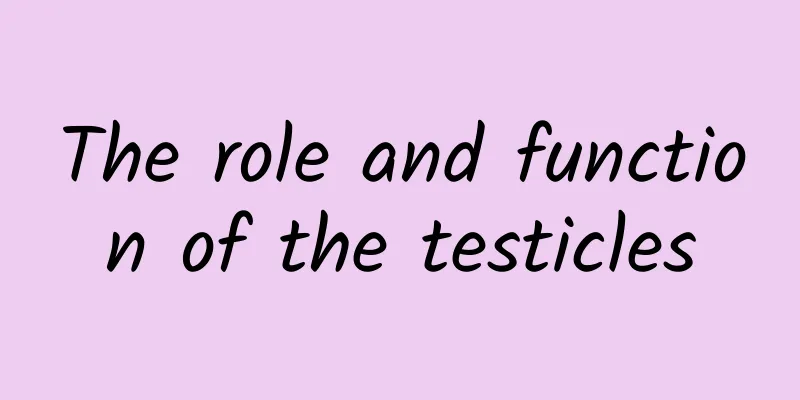Men with facial hair

|
Hair is necessary not only for humans but also for animals. Animals have hair to keep warm and avoid freezing to death even if they have no place to live in winter. Human hair is used to keep warm, such as hair, and for breathing, such as sweat hair. Sweat hair is a channel for people to excrete toxins. People can not only excrete toxins through urine, but also through sweat hair. But what's the matter with the man's facial hair? The temples are the "midfield area" where men's hair connects to their beards. Their role cannot be underestimated. Not only is it the most demanding part of men's hair styling, it is also the key to modifying the face shape and determining the hairstyle. Loss of hair at the temples is the early stage of male pattern hair loss, and the onset age of male pattern hair loss is generally around 20-30 years old. It often starts with hair loss at the temples on both sides of the forehead, and the temples become deeper. At the same time or later, the hairline on the forehead slowly recedes, forming a high forehead, and then it progressively worsens, and the top of the head will also be affected. Finally, the hair falls out and becomes thinner and thinner. As the hair falls out, the newly grown hair will be significantly thinner than the original hair, and the growth rate will become slower. Horn Planting The loss of temples can be completely achieved through hair transplantation. That is, through autologous hair transplantation surgery, the healthy hair follicle tissue of the back of the head of the human body is transplanted to the scalp where the temples need to be repaired according to the natural growth direction. Since the hair on the back of the head is not controlled by male hormones, it will maintain its original properties after transplantation, consistent with the original hair, and will never fall out. Temple hair transplantation is usually used to treat temple hair loss. Therefore, the patient should have sufficient hair follicle tissue, that is, the recipient must have a certain amount and density of hair on the back or sides of the head (or other parts). Principles of transplantation The principle of temple transplantation is to use microsurgery to remove healthy hair follicle tissue from the back of the head, and then transplant it to the transplanted area after special and careful separation of the hair follicle tissue. After the hair follicle survives, it will grow healthy new hair, maintaining all the biological characteristics of the original hair, and can grow for life without falling off. Temple hair transplant surgery is usually performed under local anesthesia. It is not painful and the patient can go home after the surgery. However, the entire operation takes a long time, usually about 3 hours, but the effect of treating temple hair loss is very good. The main reason is that it takes a long time to separate the hair into single follicles or very small hair germs, and the transplantation is performed on single follicles [1] or very small hair germs. |
<<: Reasons for acne on both sides of men's face
>>: How to make the Bartholin's gland rupture on its own
Recommend
What about drinking milk after exercise? Benefits of drinking milk
In daily life, milk is regarded as a healthy drin...
What are the symptoms of male impotence?
I believe everyone is familiar with the condition...
Ways to reduce belly fat for men
Obesity is a common phenomenon nowadays. It is of...
Why do we need to fall in love? What does it mean to have loved?
When people ask me why I fall in love, I think it...
How many cm is normal for a male erection?
Sexual health is something that every man is very...
The secret to a life without "emptiness" --- Brain and Kidney Pills
In life, some men may experience forgetfulness, i...
What is a small rash on the glans penis?
With the improvement of living standards in real ...
How to remove pubic hair? What are some quick ways to remove pubic hair?
In summer, many people think that genital itching...
What medicine is good for men with low testosterone?
Testosterone is a key sexual arousal in men. It c...
Is it normal for sperm to have jelly particles?
After some couples have sex, the male sperm will ...
What are the disadvantages of foreskin being too long?
What are the disadvantages of having too long for...
How to treat kidney yin deficiency? Exercise combined with diet therapy is effective
Kidney Yin Deficiency is a term in traditional Ch...
Does circumcision surgery require stitches to be removed?
Long foreskin is a symptom that many male friends...
Does smoking affect sexual performance?
Some cigarette boxes often have labels saying tha...
What are the dangers of frequent beard plucking?
The appearance of beard is an important feature o...









